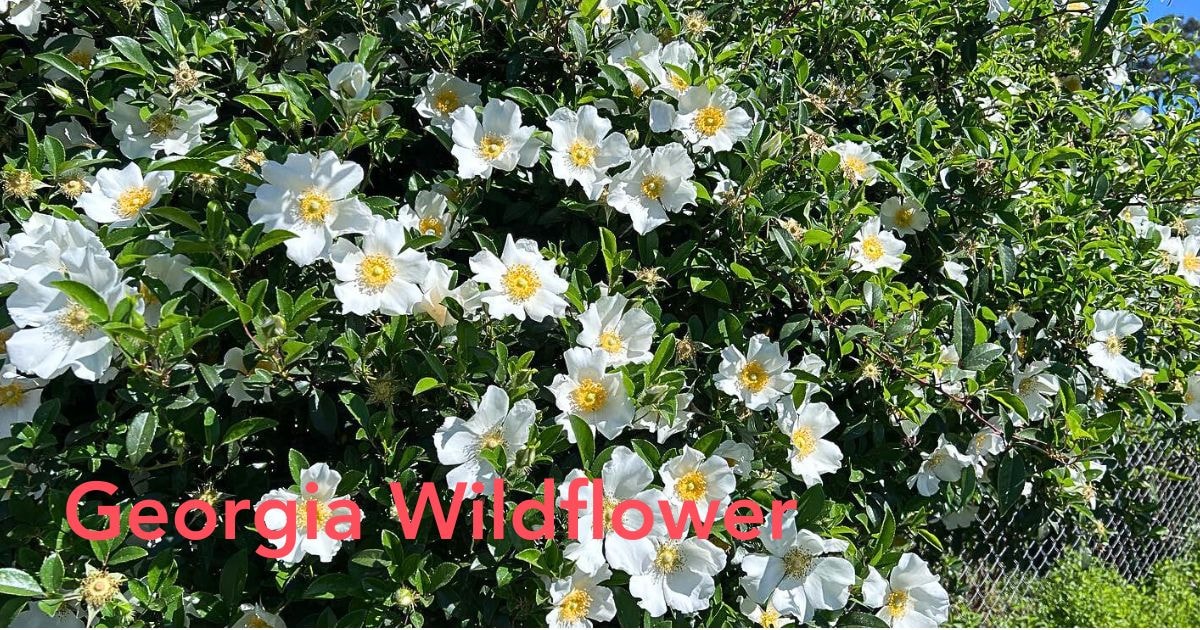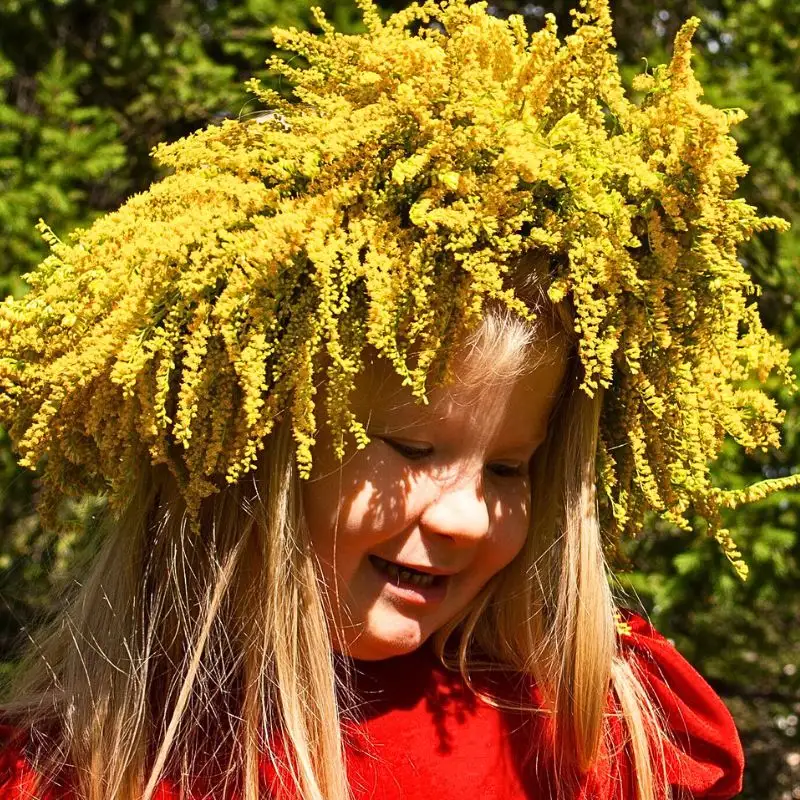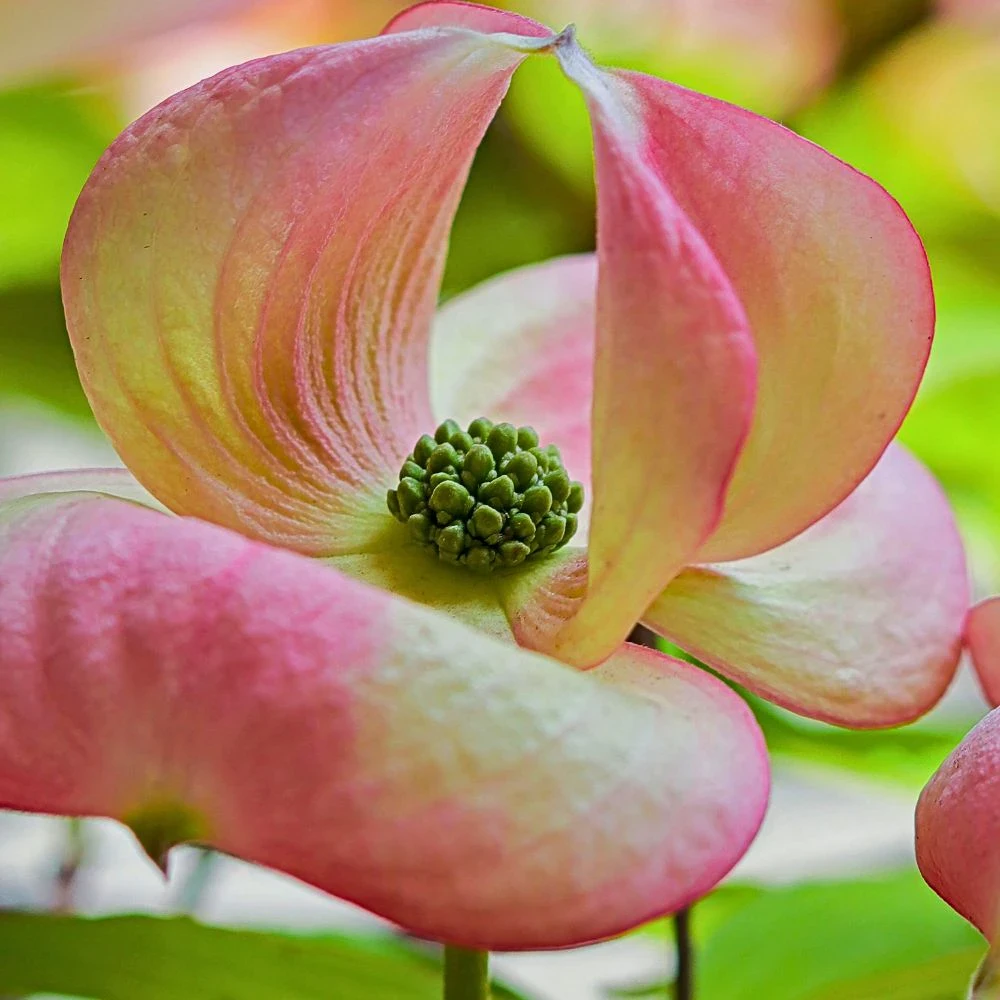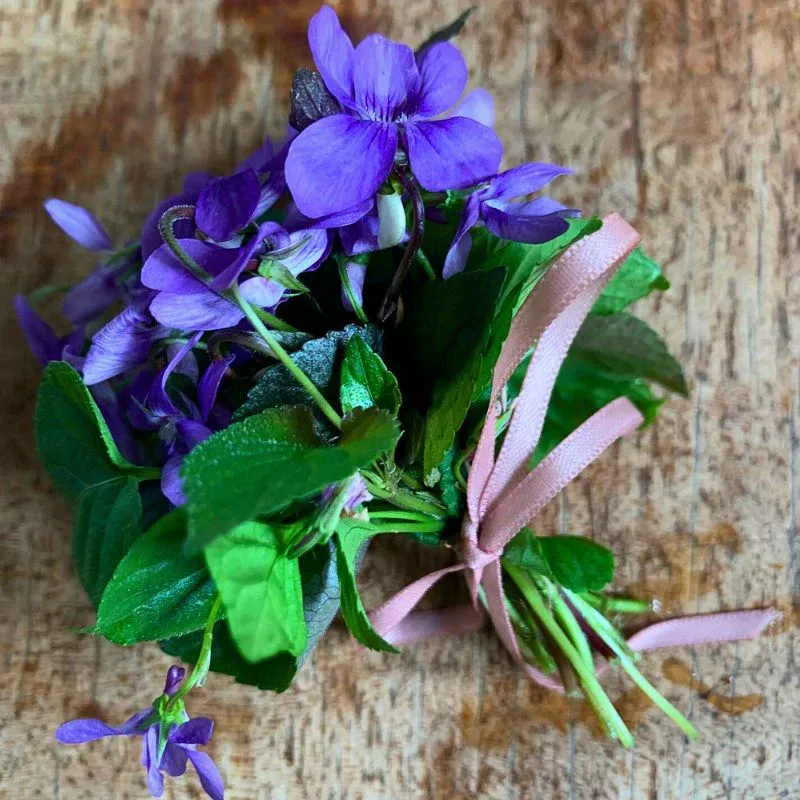The Georgia state flower has long been the Cherokee Rose (Rose laevigata) - an evergreen climbing shrub prized for its waxy white petals, large golden center, and ability to thrive in many growing conditions. Adopted as the official state floral emblem in 1916, the Cherokee Rose is widely recognized for its links to Georgia history.
Yet some botanical experts and conservationists have noted that this species is not native to the region, prompting an ongoing conversation about whether Georgia's floral symbol should be changed. Let's explore the Cherokee Rose's history, botanical characteristics, growing tips, ecological impact, and the broader discussion around its designation as Georgia's state flower.
Early History and Adoption as the Georgia State Flower
In 1916, the Georgia General Assembly officially declared the Cherokee Rose as the state flower with support from organizations such as the Georgia Federation of Women's Clubs. At that time, many believed the Cherokee Rose was indigenous to Georgia - a mistaken belief later clarified by botanists and historians.
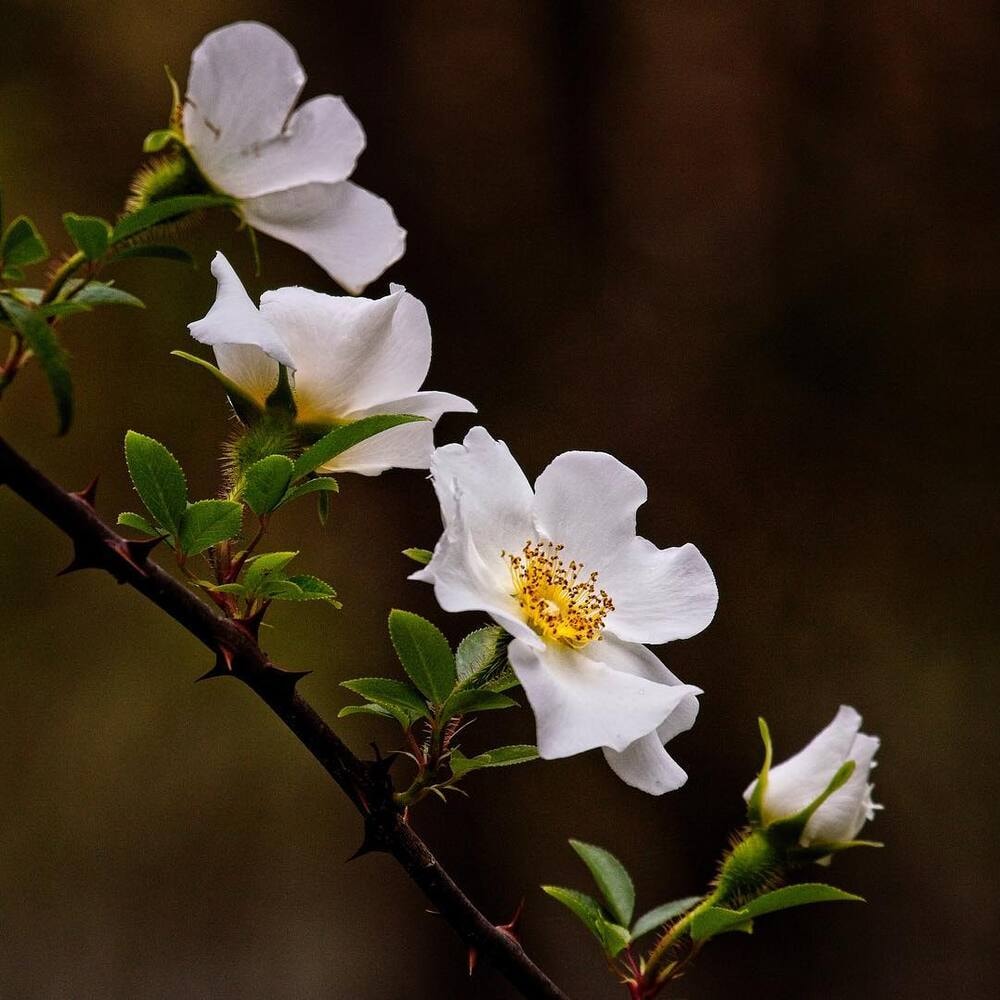
In reality, the Cherokee Rose is native to South China, Taiwan, and parts of Vietnam. It reached the southeastern United States in the mid- to late-1700s through deliberate cultivation and naturalized in Georgia within a few decades.
Despite its name, it does not hold a specific place in Cherokee culture. Nevertheless, a popular narrative linked the rose to the 1838 forced removal of the Cherokee people along the Trail of Tears. Though this story imbues the Cherokee Rose with sentimental resonance, actual tribal representatives have stated it carries no direct cultural significance for them.
Characteristics That Make the Cherokee Rose Special
The Cherokee Rose is easily recognized by its glossy, trifoliate leaves and showy flowers. In early spring, each plant typically produces an abundance of blooms featuring its typical waxy white petals and a large golden center of stamens. Under favorable conditions, some varieties may even produce a second flush of blossoms in the fall.
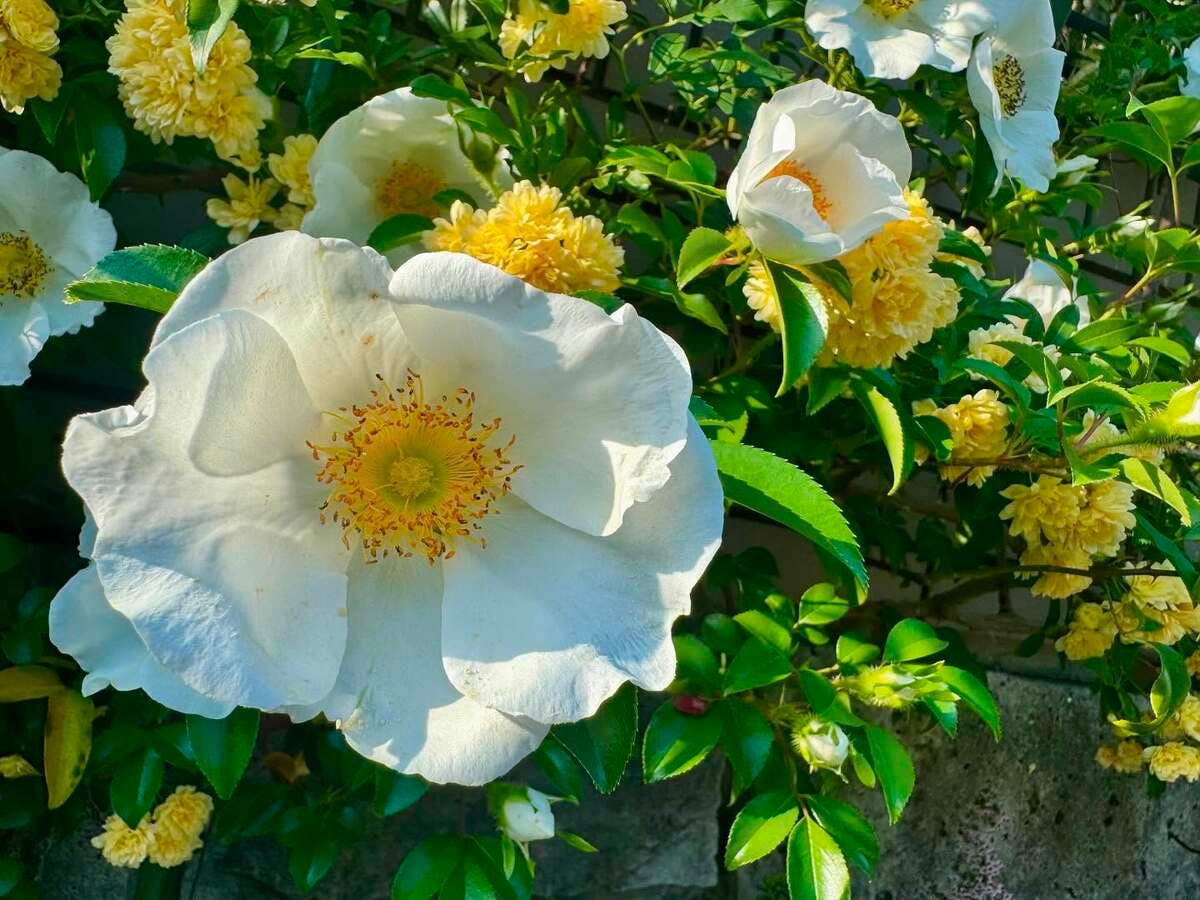
The shrub or vine can climb to impressive heights—often reaching 2 - 6 meters (6 to 20 feet)—and develops hooked thorns that aid its rambling growth. Its bright red to orange hips mature later in the season, sometimes remaining on the plant through the winter, and can serve as a food source for wildlife.
Growing and Caring for the Cherokee Rose
Although there is an ongoing discussion about the appropriateness of the Cherokee Rose as a state flower emblem, many gardeners continue to cultivate it for its ornamental beauty. Understanding its growth requirements and care strategies is essential for anyone who wishes to maintain a healthy, attractive plant.
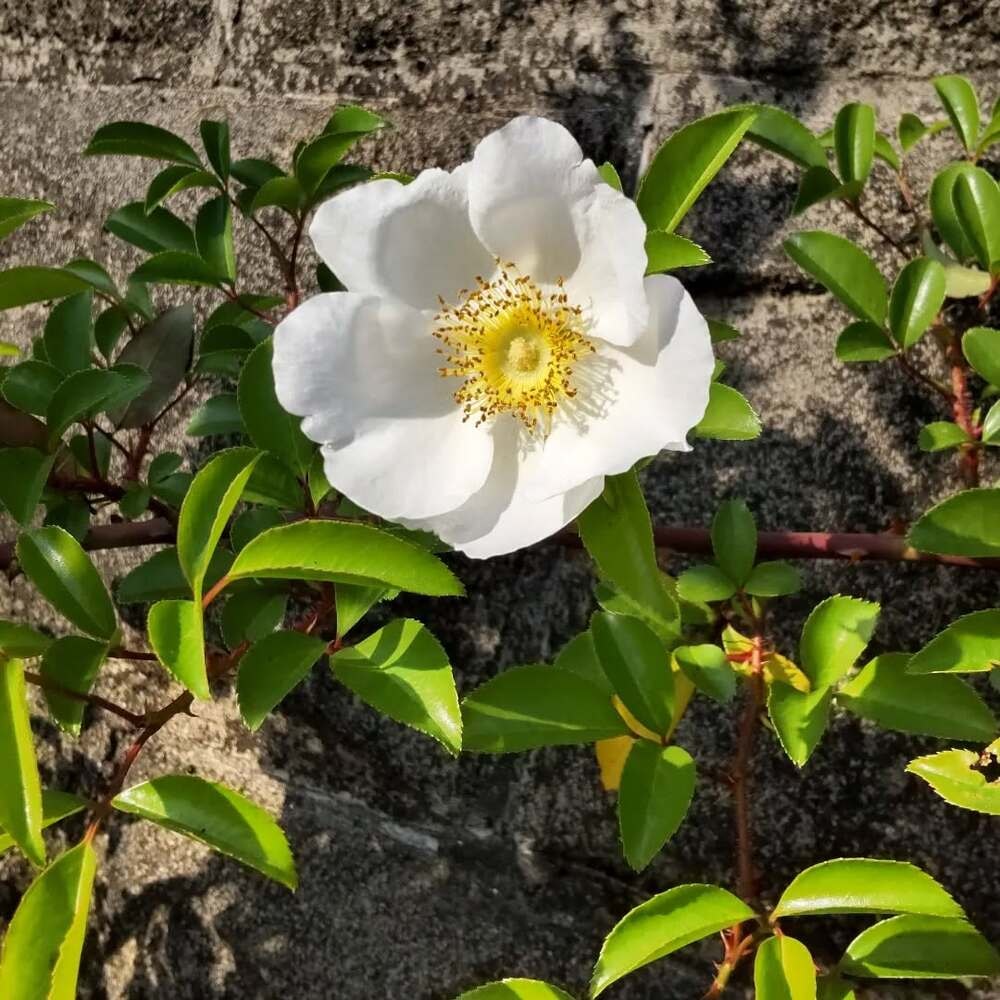
Site Selection and Soil Requirements to Grow Rose Laevigata
Cherokee Rose, scientifically known as Rose Laevigata, thrives in warm, sunny conditions and prefers full sun for maximum flower production. It also tolerates partial shade, though flowering may be reduced. Well-drained soil is key, and although this rose adapts readily to different soil types, adding compost or other organic matter can support robust root development. It is drought-resistant once established, but supplemental watering helps maintain vigor in the height of summer.
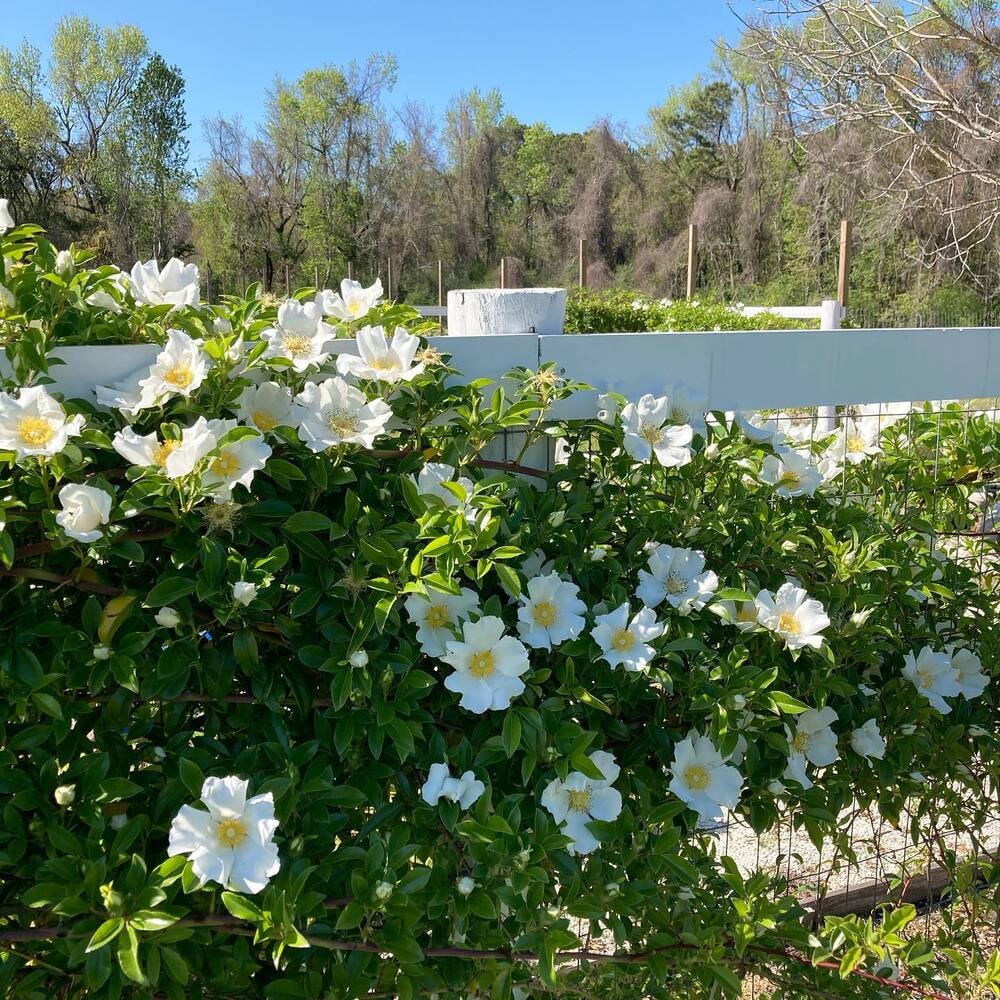
Watering and Fertilization Needs of the Cherokee Rose
Regular watering is most crucial during the plant's initial establishment phase. Mature plants can withstand short dry spells but will produce more abundant flowers with consistent moisture. A balanced, rose-specific fertilizer in early spring can promote vigorous foliage and buds; a second application in late spring or early summer supports continued blooming. Over-fertilizing should be avoided to prevent excessive foliage growth at the expense of flowers.
Pruning and Training the Growth of the Cherokee Rose Plant
Pruning Cherokee Rose can be somewhat labor-intensive due to its thorny canes and vigorous growth habit. Some gardeners choose to prune after the main flowering period to shape the shrub, remove spent blooms, and promote healthy canes. If rose hips are desired for winter interest, it is best to wait until winter or early spring to perform major pruning, once the hips have fully developed and served their visual purpose. Training the canes on a sturdy support structure, such as a fence, pergola, or trellis, can help manage its sprawling habit.
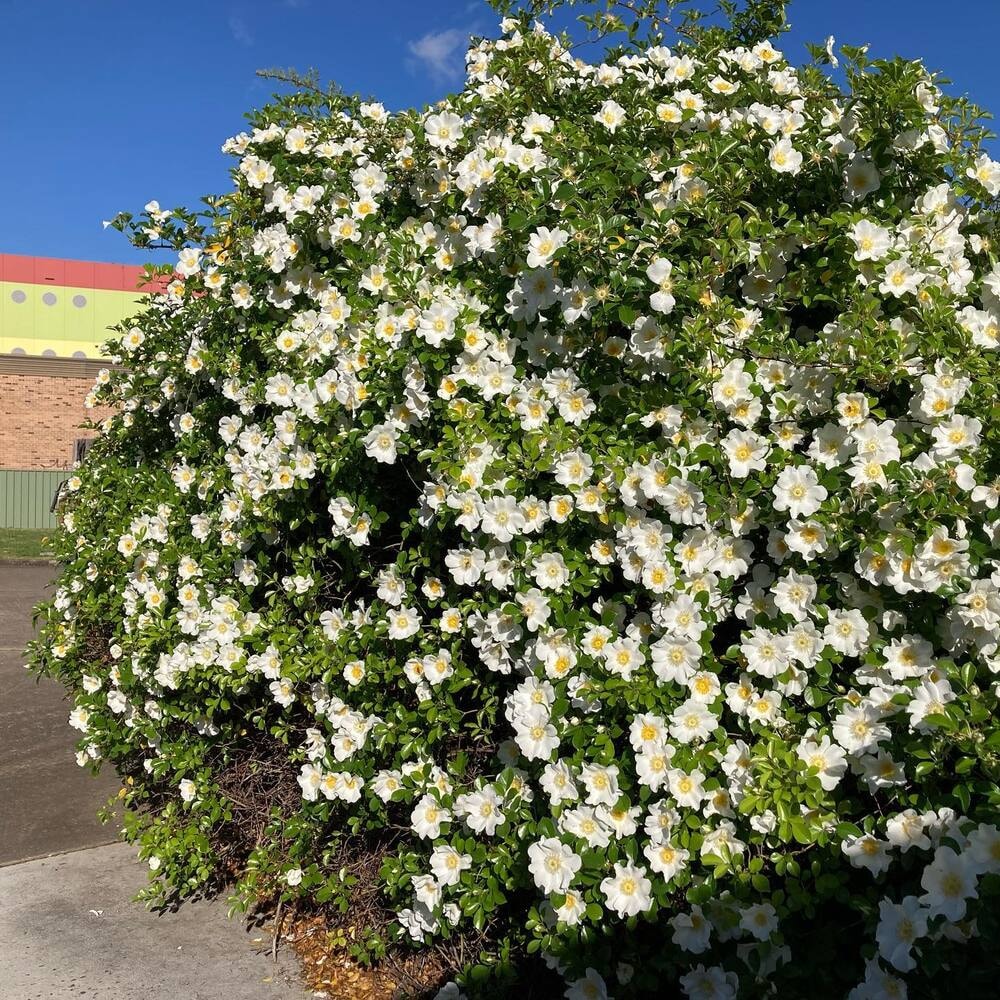
Pest and Disease Management When Growing Cherokee Rose
Cherokee Rose is generally hardy, but it can be susceptible to common rose ailments like black spot, powdery mildew, and rust, particularly in humid climates. Ensuring good air circulation by spacing plants properly and avoiding overhead watering will help reduce fungal infections. Aphids, spider mites, and other pests may appear, but regular inspections allow for early intervention with organic or chemical controls as needed.
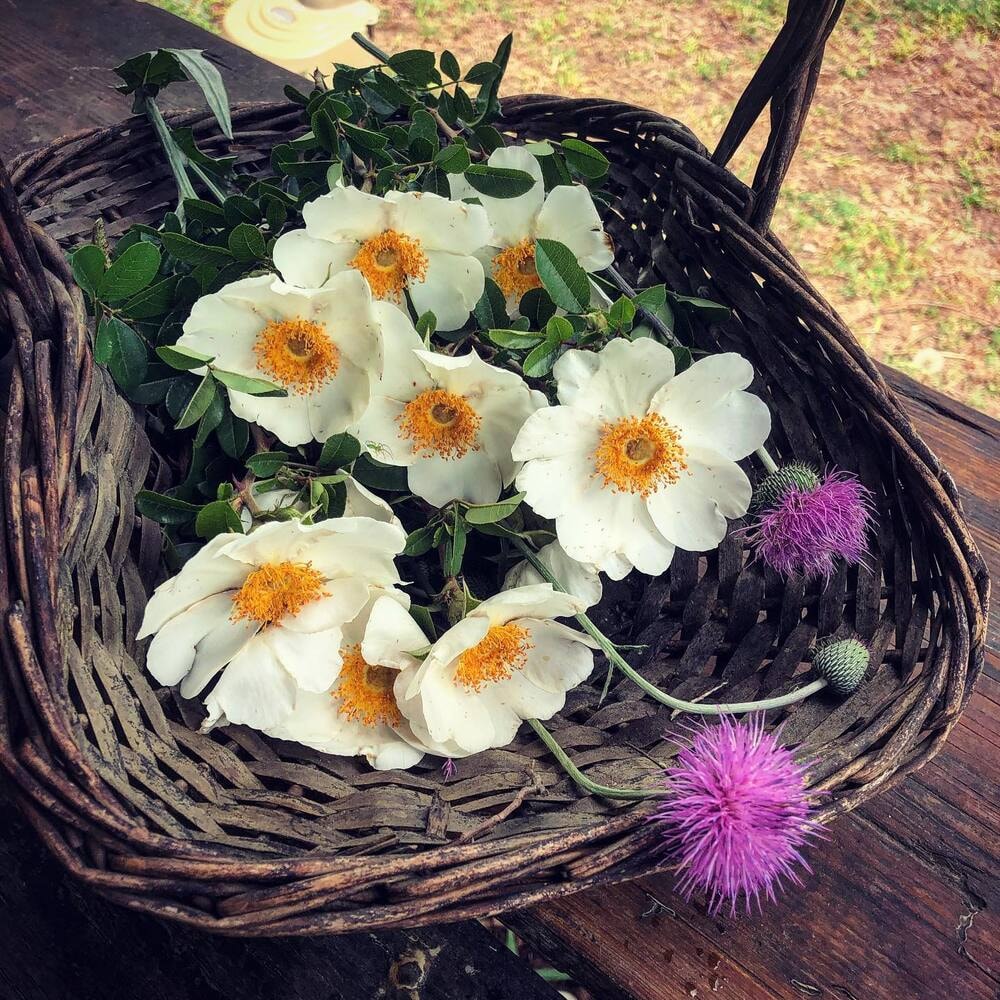
Managing the Invasiveness of the Cherokee Rose
In regions where the Cherokee Rose is labeled an invasive or exotic plant, it is wise to monitor its spread by pruning out suckers and seedlings as they emerge. This simple practice can help manage the plant's vigorous growth and prevent it from overtaking native vegetation.
Georgia State Wildflower and Other Floral Symbols
Beyond the Cherokee Rose, Georgia also acknowledges a state wildflower - the native azalea (Rhododendron sp.). The state's selection of a native wildflower, as well as the Eastern Tiger Swallowtail butterfly, underscores a deeper interest in celebrating local fauna and flora. This dual recognition highlights the importance of native plants in state symbolism. While conversation continues about the Cherokee Rose, it remains a visible and historic emblem around the state, including public gardens such as the Athens Botanical Garden. Read more about the 10 most gorgeous botanical gardens in the world.
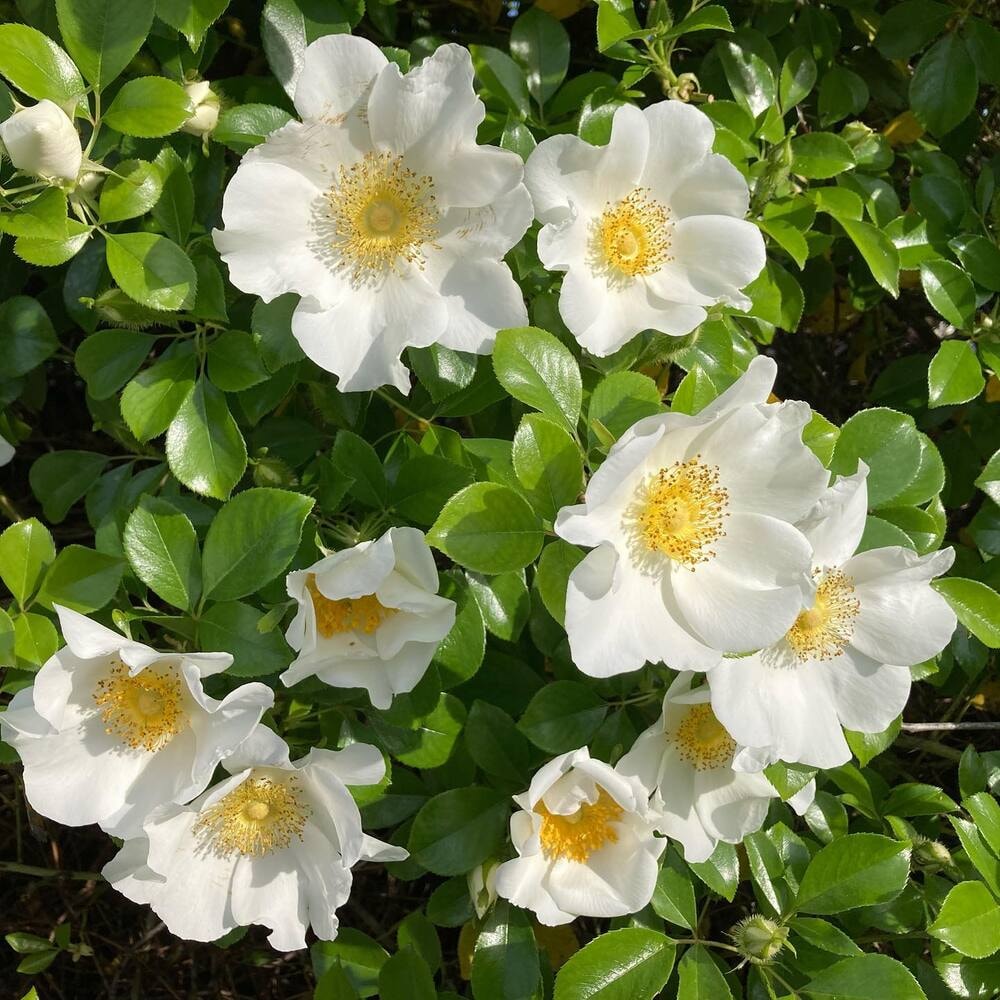
Ecological Status and the Role of Native Plant Species
One point of continued discussion around the Cherokee Rose is its classification as a non-native and, in some areas, an invasive species. According to conservation groups like the Georgia Native Plant Society, promoting native plant species is essential for maintaining vital pollinator habitat and overall ecosystem balance.
Georgia ranks among the nation's states with the richest landscapes in terms of biodiversity, hosting over 3,500 known native plants. Native flora supports the lifecycle of local wildlife, including the Eastern Tiger Swallowtail (Georgia's state butterfly). When a non-native species such as the Cherokee Rose takes root aggressively, it can outcompete certain native plants, potentially altering habitats that depend on native biodiversity.

The Broader Discussion - A Look at the Proposed State Flower Change
In recent years, some legislators and advocacy groups have proposed substituting the Cherokee Rose with the native Sweetbay Magnolia (Magnolia virginiana) as Georgia's official flower. Proponents of this change argue that the Sweetbay Magnolia better represents Georgia's botanical heritage, is a natural host plant for pollinators like the Eastern Tiger Swallowtail, and aligns with the state's commitment to preserve ecosystems and promote native plant species.
However, there are also those who feel the Cherokee Rose's historical and cultural associations still warrant its position as a Georgia state symbol. While Senate Bill 518 has been introduced to alter the floral emblem, the outcome remains subject to legislative debate. At present, no final decision has been made, and the Cherokee Rose continues to be recognized as the state flower of Georgia.
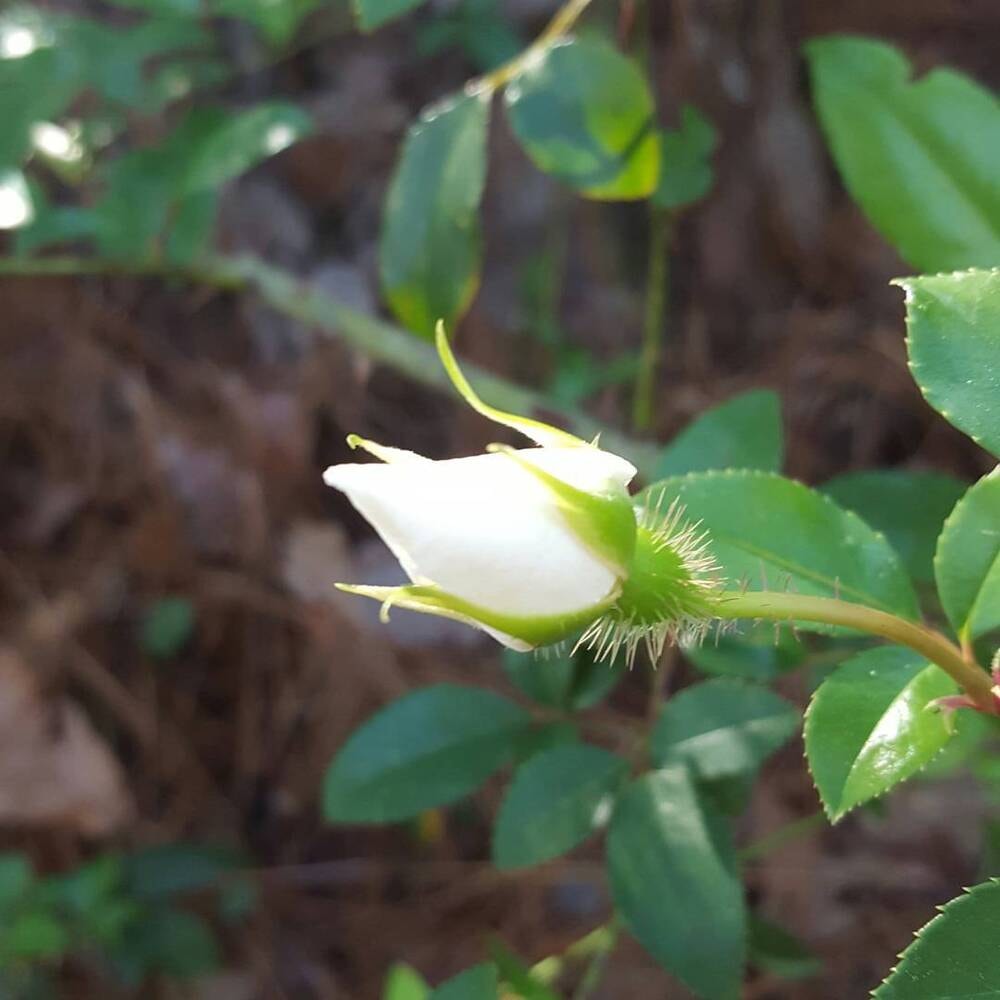
The Cherokee Rose (Rose laevigata) has long been entwined with Georgia's identity, adopted in 1916 under what was later understood to be a mistaken belief about its origins. Today, it features prominently in gardens, parks, and historical references throughout the state. At the same time, botanists and conservationists urge appreciation of Georgia's native species, pointing out the ecological importance of a native flower as a state symbol.
While discussions regarding the Cherokee Rose's status are ongoing, its abundant blooms and deep historical associations continue to draw admirers. Whether it remains the official state flower or is eventually replaced by the native Sweetbay Magnolia, the Cherokee Rose undeniably occupies a unique position in Georgia's cultural fabric. By presenting the facts, it becomes clear that both the Cherokee Rose and Georgia's wealth of native plant life contribute to the state's rich biodiversity - a natural legacy well worth preserving and celebrating.

